Helsinki Central Library Oodi is a much-loved meeting place of citizens. Its architecture and design of services have attracted a great deal of international attention.
The popularity of Oodi is the result of a major ten-year design process, which utilized a variety of design processes. Both library services and library facilities were designed together with citizens at several stages.
A living room for all created with users
The story of Oodi started in 1998, when Minister of Culture Claes Andersson proposed a new city library to be built in the Helsinki city centre. The preparation of the project got underway in earnest in 2008, when the City of Helsinki published an extensive survey titled The Heart of the Metropolis to serve as a basis for further work.
From the very beginning, the new library was to be a library of the future that would be a meeting place for all.
The library concept was created in a user-oriented manner with design methods.
Ideas for the new library and the wishes of library users and the general public were gathered with the help of a Tree of Dreams. The tree attracted more than 2,000 dreams.
City Library employees mingled with people in public places. They interacted with many people who were not current library users. More spontaneous meetings with people were held in conjunction with the major design programme of Helsinki as World Design Capital 2012.
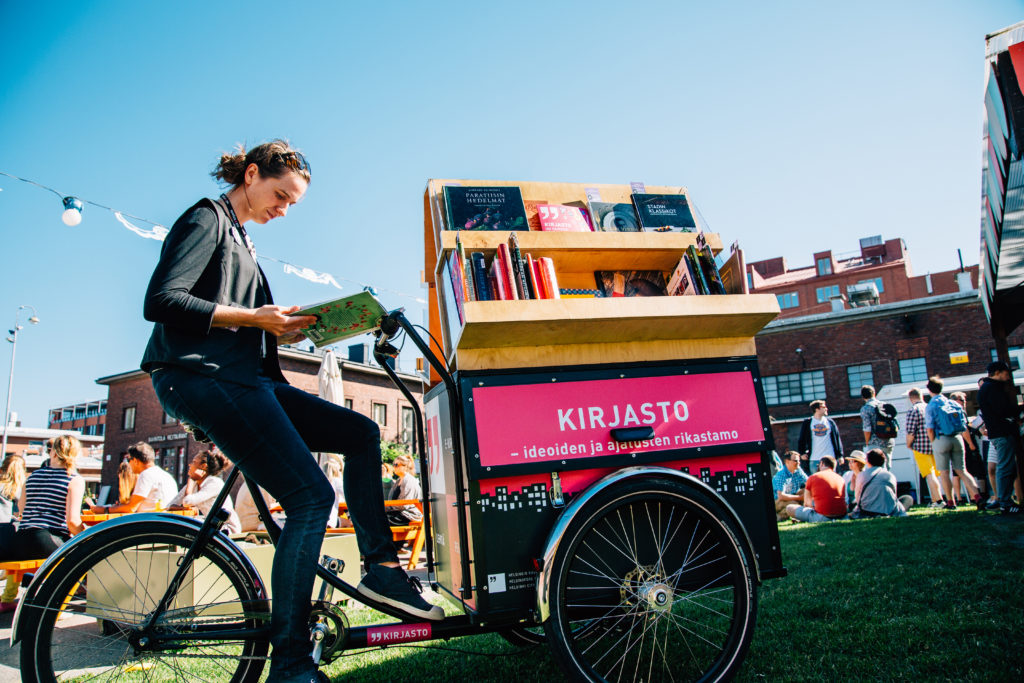
Ideation in workshops
In addition to the active recruitment of citizens, experts and potential partners gathered together in workshops and networking events to ideate what services they could provide together with the library. They included National Audiovisual Institute KAVI, which today operates a cinema at Oodi for its regular film screenings, and the City of Helsinki Education Division, which runs Playground Loru at the library.
A development community named Central Library Friends was founded in autumn 2014, and it encouraged residents to join. Applications poured in. Today the development community works through Kirjastoheimo (library tribe) customer panels, each of which focuses on a specific theme in regular meetings.
The roots of participatory budgeting lie in the library
The central library development was supported by the City of Helsinki’s first participatory budgeting initiative in 2012. Participatory budgeting has since matured into a standard practice in Helsinki City operations.
Citizens were encouraged to propose how City Library should spend 100,000 euros of its budget. Four of the proposals were worked into projects in open workshops: Storybook birthday parties, Urban workshops, A place of tranquility, and encounters withauthors.
All projects served as experiments and models for the planners and designers of Oodi. The concepts of the projects have been realized at Oodi in one way or another.

Design experts played key roles in the library development
When the planning of library services moved from library dreams to implementation, the planning process was joined by service design agencies.
- Service design agency Hellon built the Oodi customer journey map, a visual representation of all stages of customers’ visits to Oodi.
- Palmu produced ideas for the lobby functions and lounge areas. The agency built an “omnichannel customer experience”, which would ensure that the customer experience would remain the same regardless of the medium that the customer uses to approach Oodi.
- Muotohiomo focused on unified services for families.
Participatory design as the basis of the architectural competition
The preparation of an architectural competition for the central library was launched in 2011. The competition, titled The Heart of the Metropolis, would be open and international. The competition became a part of World Design Capital Helsinki 2012.
The library dreams gathered from citizens were included in the work of the jury and the competition criteria: tranquility, services for families, peer learning, learning by doing, events, and digitality.
The goal of the competition was to find a high-quality and sustainable concept that would blend into the cityscape of the library’s urban block in Töölönlahti
The architectural competition received an amazing 544 design entries from all over the world. All entries were put on public display, and visitors were invited to bestow their favourite designs with hearts. Six designs were shortlisted and put on display on interactive screens in public places, where people were encouraged to give likes to their favourites.
The winner was the entry named Käännös by ALA Architects of Helsinki. The entry was one of the top favourites of the general public, and it integrated all the main wishes of citizens.
The Helsinki City Council approved the central library project plan in January 2015, and construction commenced later in the same year. Helsinki Central Library Oodi opened doors on 5 December 2018.
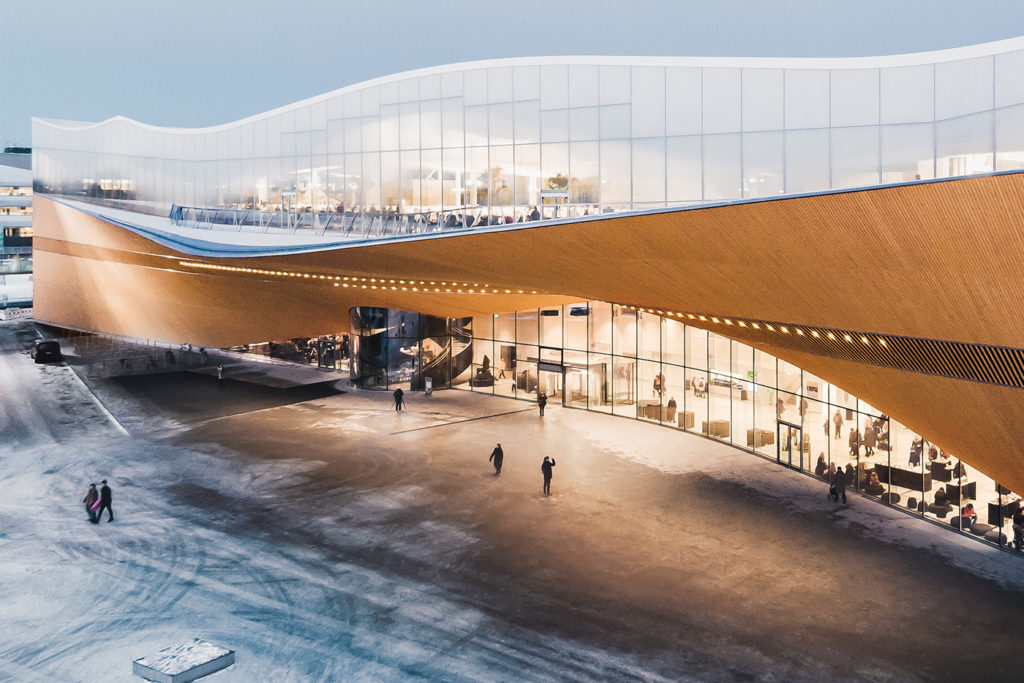

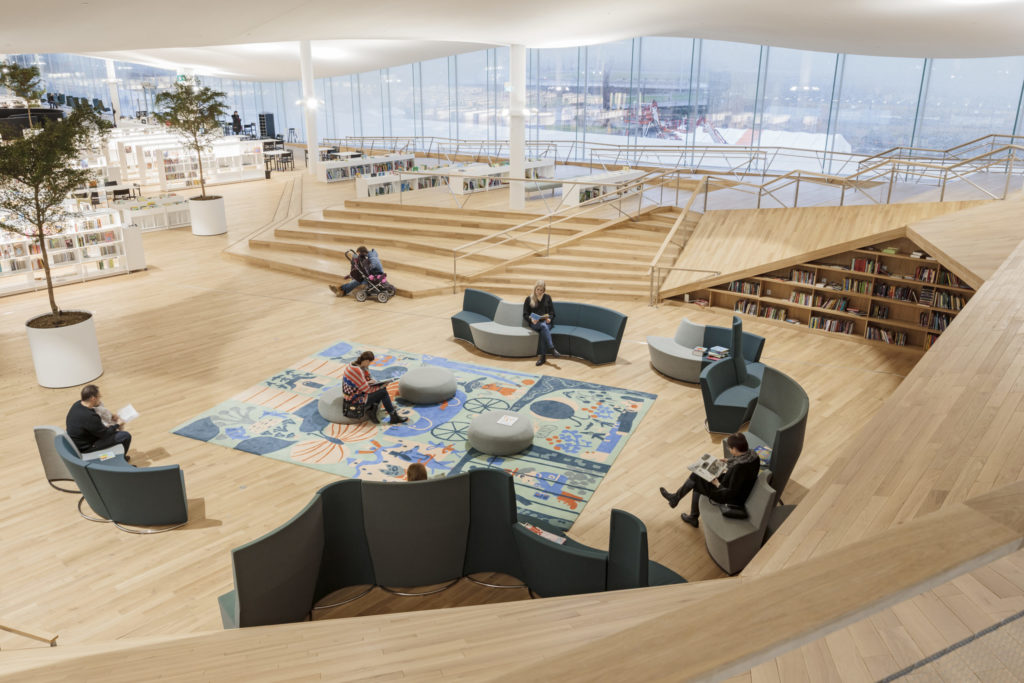
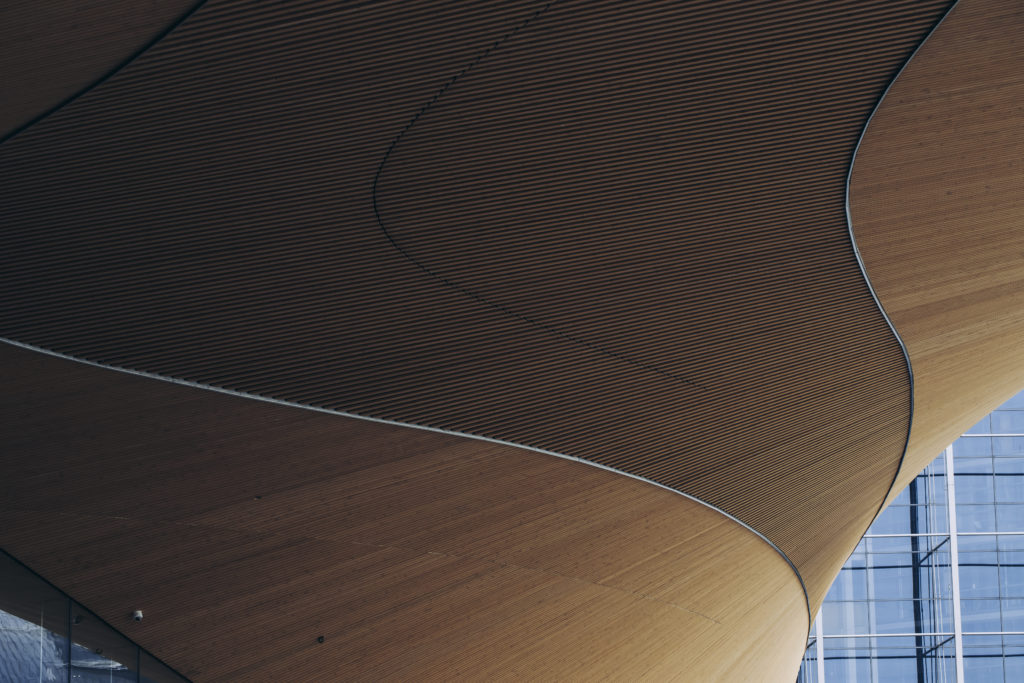
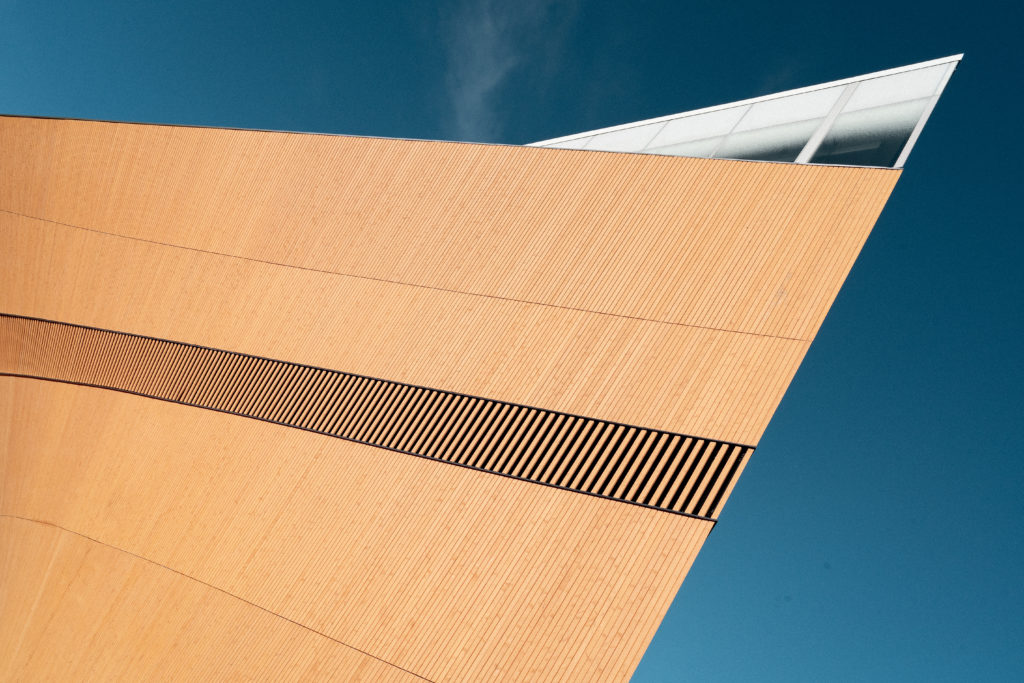

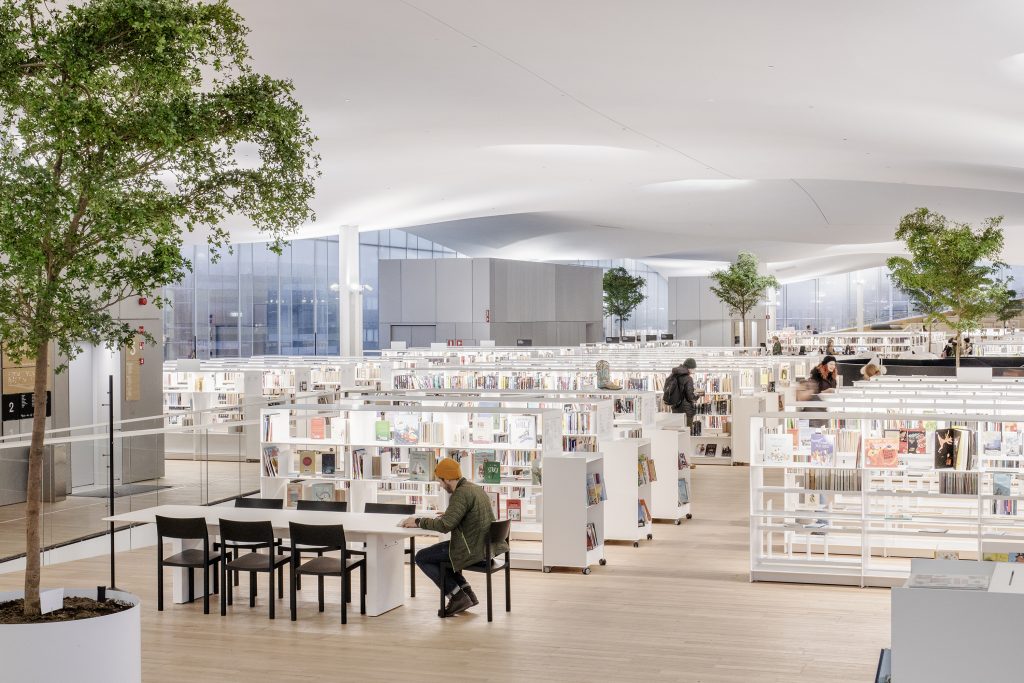

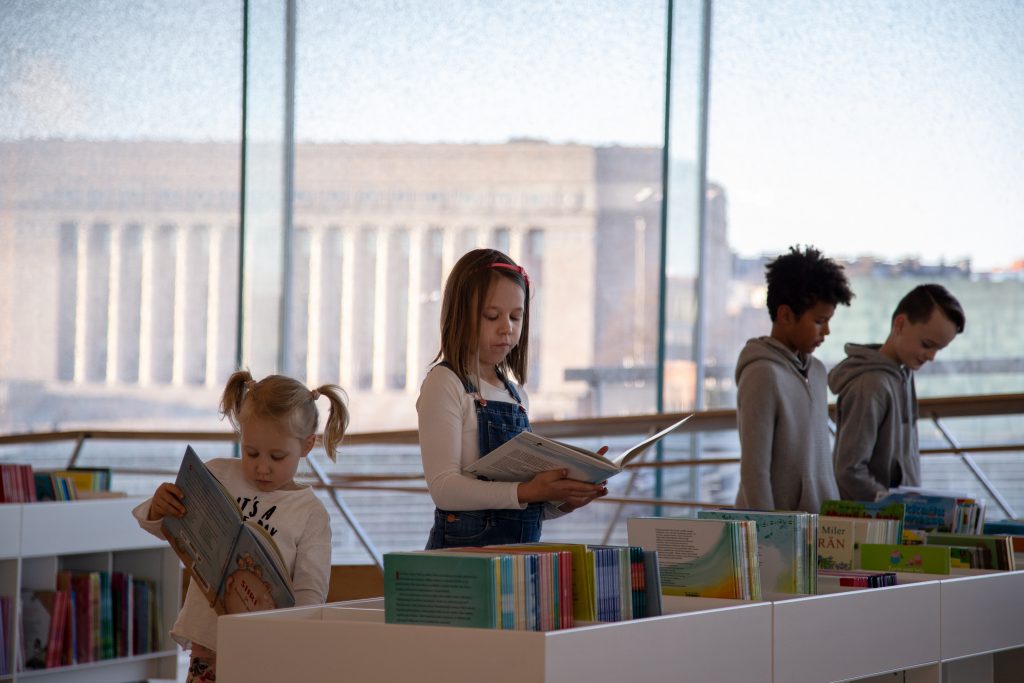
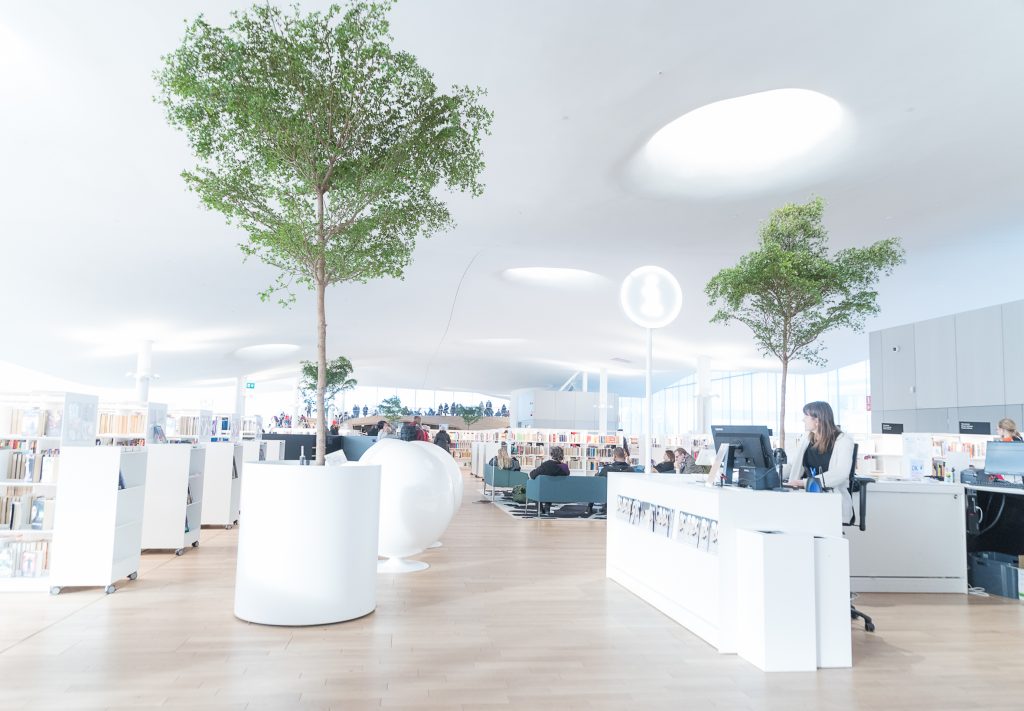
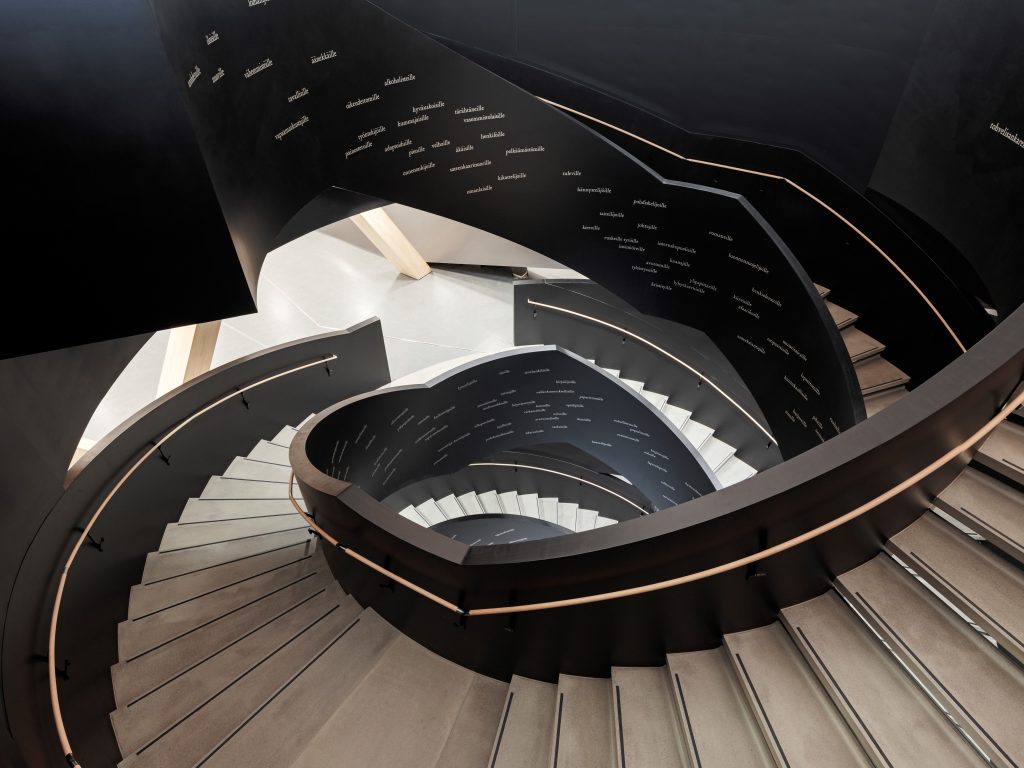
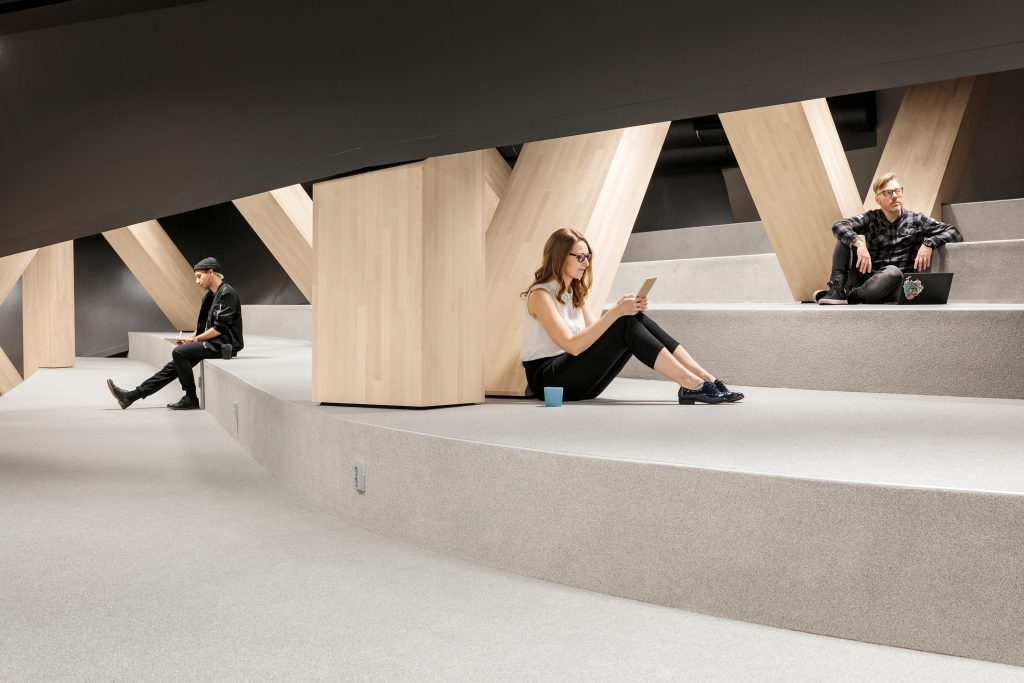
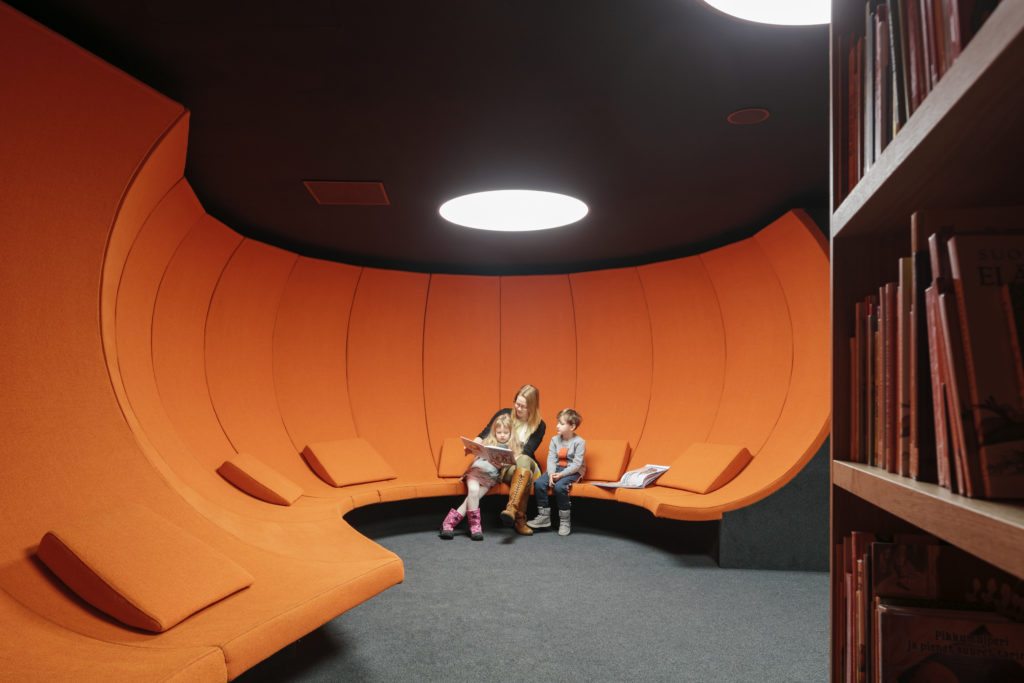
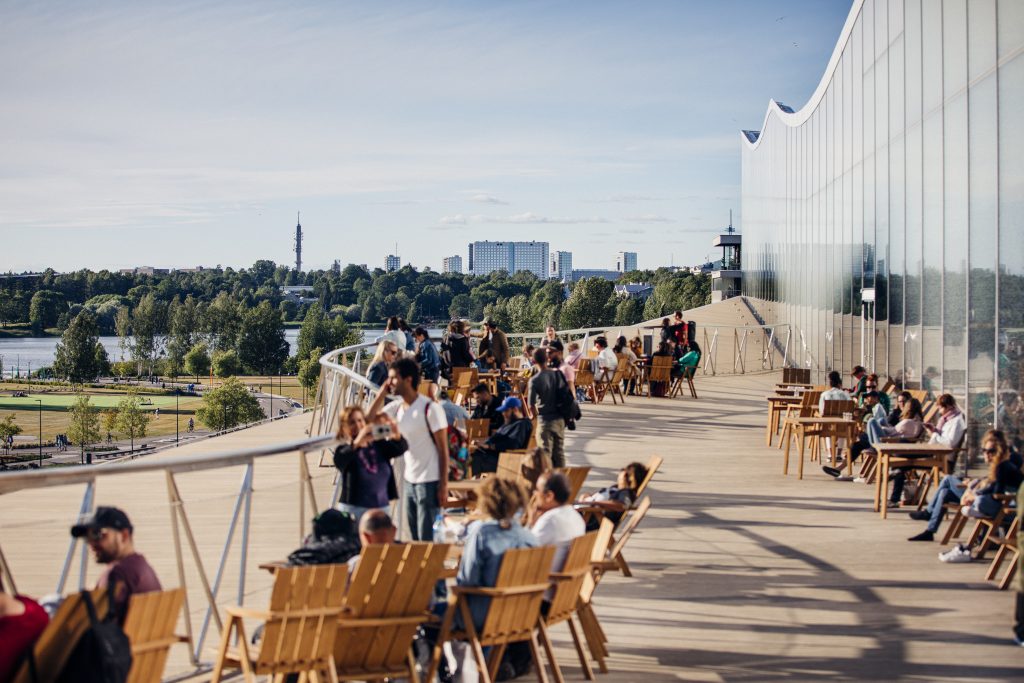
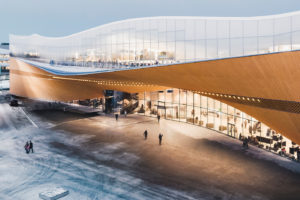
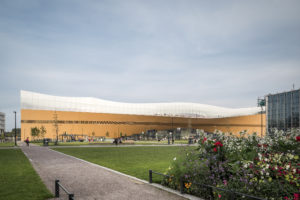

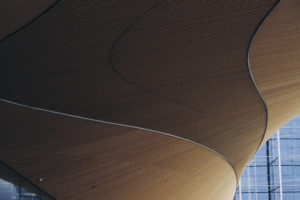
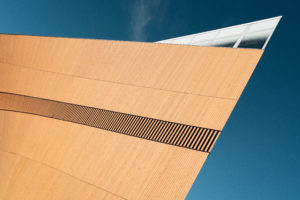

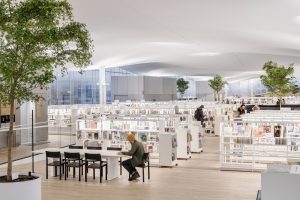


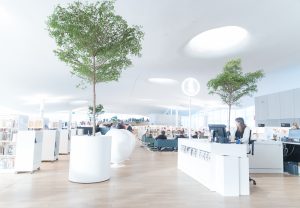


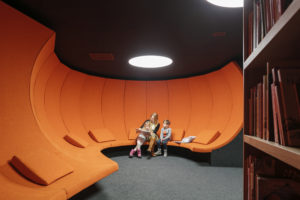
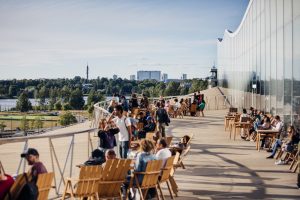
A centenary gift to independent Finland
The library institution is at the core of Finnish education. Everybody has free access to libraries. Libraries promote reading, reading skills, egalitarian access to knowledge, equality, freedom of speech, and active citizenship.
The central library was one of two flagship projects celebrating the centenary of Finnish independence, and the Government contribution to project funding came from the centenary funds.
As a project marking the centenary of Finnish independence, Oodi plays a national role in the development of Finnish libraries.
The location of Oodi at Kansalaistori (citizens’ square), directly opposite to Parliament House, symbolizes the role of the library as an organ of citizens. The services of Oodi are designed to support active citizenship and to enable encounters and co-creation.
Oodi adjusts to changing user needs
Libraries change with the times, and Oodi is a pioneer that combines tradition with new elements.
“The building was completed in December 2018, but Oodi will never be finished. We continuously develop library services and always together with customers,” stresses Oodi Director Anna-Maria Soininvaara.
For example, Oodi’s staff work in self-organized teams, which can respond flexibly to changing circumstances and to customer needs. The work methods include co-creation of services.
The popularity of Oodi exceeded expectations
The huge success of Oodi reflects successful design. In its first year of operation Oodi welcomed 3.1 million visitors, which exceeded expectations markedly. Oodi also boosted the popularity of other libraries, and the combined number of visits to all Helsinki libraries in 2019 broke the record at more than 9 million..
Oodi has attracted international attention to Helsinki and to design. Oodi was chosen as the best new public library in the world in 2019, named the Public Library of the Year. In 2020, Oodi won an international cultural heritage award, selected as a Project of Influence, which is granted to projects that significantly impact the future of the cultural heritage field, develop the field and set an example for other operators.
Oodi’s architecture was the winner of the main DETAIL Prize 2020, which is awarded to buildings with a unique design concept and details that are carefully planned, forward-looking and technically innovative.
Edited from an article by Johanna Lemola
Photos: Kuvatoimisto Kuvio Oy, Jussi Hellsten, Satu Haavisto, Tuomas Uusheimo, Aleksi Poutanen, Mika Ruusunen, Ants Vahter, Andrey Shadri
